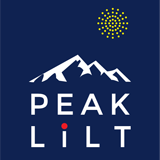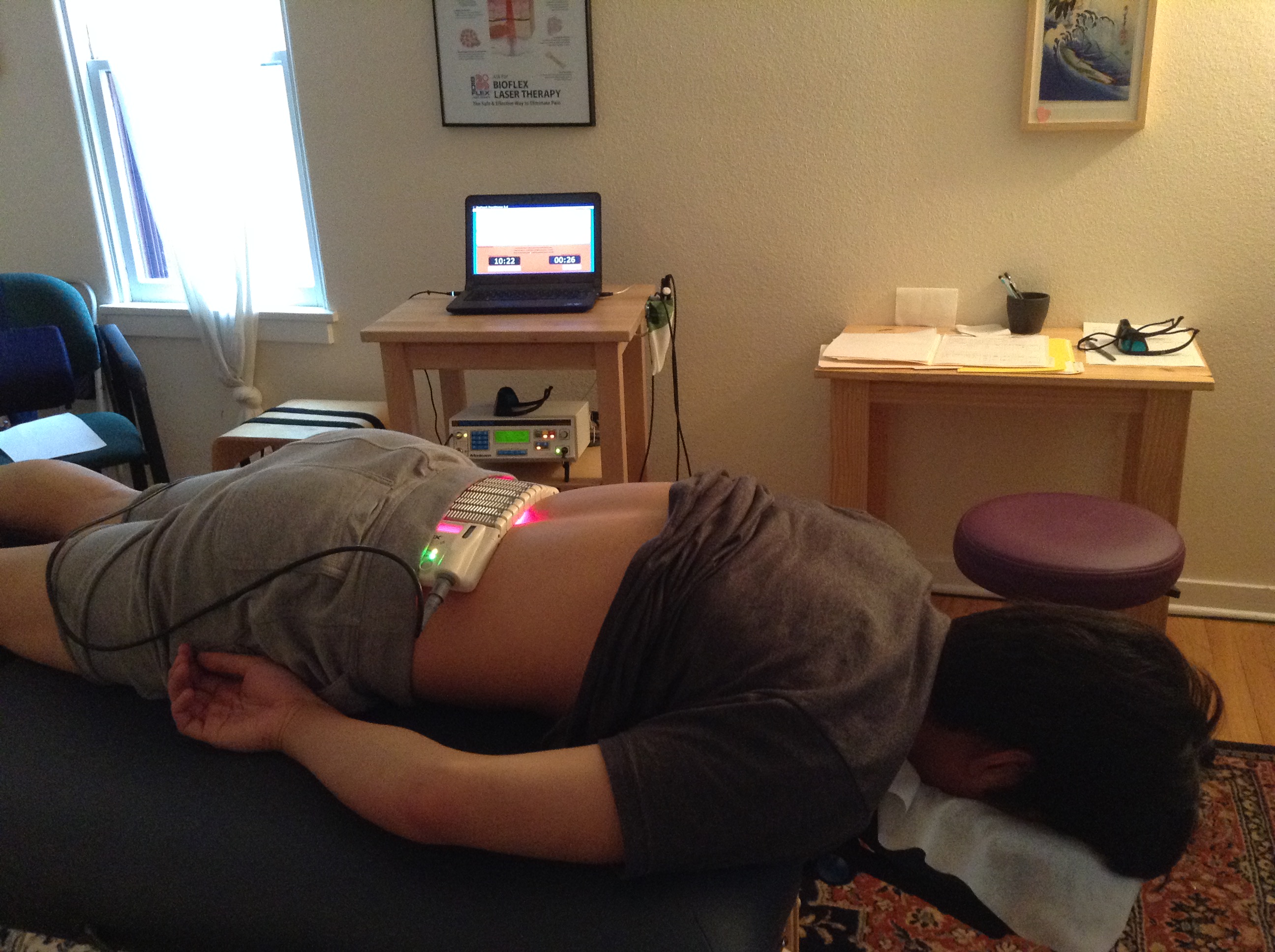In 1967 a few years after the first working laser was invented, Endre Mester in Semmelweis University in Budapest, Hungary wanted to find out if laser might cause cancer. He took some mice, shaved the hair off their backs, divided them into two groups and gave a laser treatment with a low powered laser to one group. They did not get cancer and to his surprise the hair on the treated group grew back more quickly than the untreated group. That was how “laser biostimulation” was discovered (Effect of Laser on Hair Growth of Mice. Mester, E. Szende, B. and Tota, J.G. (1967). Kiseri Orvostud 19. 628-631).
Photobiomodulation (PBM) also known as low-level laser (or light) therapy, has been known for over 55 years. The technology was FDA approved in the United States in 2003 after being extensively studied and by NASA starting in 1993. In more recent years much knowledge has been gained about the molecular and cellular mechanisms of action.
How Light/Laser Therapy Works: Low Intensity Light or Laser therapy is the use of both red and near-infrared light photons to stimulate a tissue healing response at a cellular level. The light photons penetrate into the tissues and stimulate a cascade of effects that all lead to tissue healing. This includes improving mitochondrial health leading to an increased production of ATP in the mitochondria. It stimulates DNA protein synthesis which leads to the production of new healthy cells and helps cells function better. It also stimulates increased white blood cell formation, including a portion of our white blood cells called macrophages. Macrophages are a bit like little “Pac-men” in that their job is to clean up scar tissue and debris. So, the light therapy also helps in the reduction of scar tissue in an injured area. And it leads to an increase in production and healthy functioning of glial cells including microglia when treating the brain (what are glial cells: https://sitn.hms.harvard.edu/flash/2022/microglia-the-protectors-of-the-brain/). Research suggests that microglia can help delay the progression of diseases in the brain that are caused by infectious particles known as prion by eliminating prion-damaged cells. Research has now shown that light therapy helps reduce amyloid plaque in the brains of people with Alzheimer’s Dementia because of its effect on improving microglial cell health and functioning.
How Light Therapy works in the brain: We have linked to a video of Dr. Michael Hamblin’s presentation at the Brain Foundation’s 2020 Brain Symposium. Dr. Hamblin was the lead research scientist at Boston Mass General’s photomedicine lab for twenty-five years, primarily researching photobiomodulation in the brain in helping recovery from Traumatic Brain Injury, Strokes and Dementia. He was also a professor at Harvard Medical School. He is now working part-time at the Laser Therapy Research Center at the University of Johannesburg and continues to speak around the world as to the efficacy of LiLT. He has published 26 textbooks and over 400 peer-reviewed papers on this topic.
https://youtu.be/eN_K3UfmGIo?si=O39w7pP2O_9VXued

